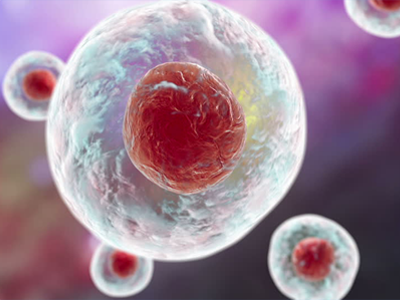Reverse T3 (rT3) Elisa
For years thyroid hormone testing has been concentrated on TSH and T4. Serum TSH and T4 levels however, do not correlate well with intracellular thyroid hormone levels.1, 2 This recent finding counters the long-held misconception that the rate and extent of uptake of thyroid hormones into the cells occurs by simple diffusion (propelled by the concentration of the free hormones in serum).
Instead, the transport of T3 and T4 into the cells across the cellular membranes is active and requires cellular energy, which affects the T4 transporter more than the T3 transporter. Therefore, TSH and T4 serum concentrations are poor indicators of tissue thyroid levels and should not be used to diagnose if the individual is euthyroid (normal thyroid hormone concentration) at the tissue level. Moreover, high T4 levels have been negatively correlated with the conversion of T4 to T3 (the active thyroid hormone). In spite of overwhelming support for this mechanism, the misconceived “diffusion hypothesis” continues to be held by endocrinologists and primary physicians, sometimes leading to inadequate prescriptions of T4 preparations such as Synthroid and Levoxyl for restoring tissue euthyroidism.
The rT3 ELISA is a competitive enzyme immunoassay, where the antigen (rT3 present in calibrators, controls and patient samples) competes with a biotin-labeled antigen (rT3-Biotin conjugate) for a limited quantity of antibody which is coated on the microplate wells. After one-hour incubation followed by the first washing, unbound materials are removed and a Streptavidin-HRP conjugate is added and incubated for 30 minutes. Following a second washing, the TMB substrate is added. The enzymatic reaction is terminated by addition of the stopping solution, upon which the color intensity is measured with a microplate reader. The color intensity is inversely proportional to the concentration of rT3 in the sample. The set of kit calibrators that are run simultaneously with the samples is used to plot a calibration curve and determine the concentration of rT3 in samples and controls
- Annewieke W., et al. Thyroid Hormone Concentrations, Disease, Physical Function and Mortality in Elderly Men. The Journal of Clinical Endocrinology and Metabolism. 2005; 90: 6403–6409.
- Holtorf K. Thyroid Hormone Transport into Cellular Tissue. Journal of Restorative Medicine. 2014; 3: 53–68.
- Holtorf K. Peripheral Thyroid Hormone Conversion and Its Impact on TSH and Metabolioc Activity. Journal of Restorative Medicine. 2014; 3: 30–52.
- Senese R., et al. Thyroid: Biological Actions of “Non-classical” Thyroid Hormones. Journal of Endocrinology. 2014; 221: R1–R12
- Warner MH., et al. Mechanisms Behind the Non-thyroidal Illness Syndrome: An Update. Journal of Endocrinology. 2010; 205: 1–13.

